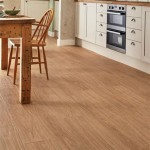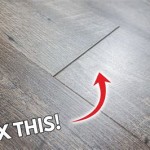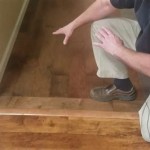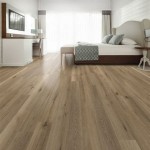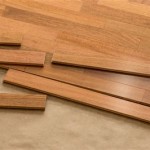Hardwood flooring is a great option for many homeowners. It is durable, aesthetically pleasing, and can last for decades with proper care and maintenance. Unfortunately, even the best hardwood floors can suffer damage over time. Whether it’s from pets, furniture, or just normal wear and tear, hardwood flooring can easily become scratched, damaged, or discolored. The good news is that, in most cases, hardwood flooring damage can be repaired with the right tools and techniques.
Identifying the Type of Damage
Before you can begin repairing hardwood flooring damage, it’s important to accurately identify the type of damage that has occurred. Scratches and dents are the most common type of damage seen on hardwood flooring, and they are usually easy to repair. However, severe discoloration or warping may be signs of more serious damage. In these cases, it may be best to seek the advice of a professional.
Repairing Scratches and Dents
If your hardwood flooring has minor scratches and dents, you may be able to repair it yourself. To do so, you will need to first remove any dirt and debris from the affected area. Then, use a putty knife to fill in the scratches and dents with wood filler. Allow the filler to dry completely before sanding it down until it is flush with the rest of the floor. Once the area is smooth and even, use a stain marker to match the color of the surrounding wood. Finally, use a clear sealer to seal and protect the repaired area.
Repairing Discoloration
Discoloration is a more serious type of damage that can occur on hardwood flooring. This can be caused by exposure to water or other liquids, or even from age and wear. If the discoloration is minor, you may be able to repair it yourself with a wood stain and finish. However, if the discoloration is more severe, you may need to seek the advice of a professional.
Replacing Damaged Boards
In some cases, the damage to your hardwood flooring may be too severe to repair. In these cases, it may be necessary to replace the damaged boards. This process is usually best left to a professional, as it involves removing and replacing the damaged boards with new ones. The new boards must be cut and installed correctly to ensure a perfect fit.
Maintaining Hardwood Floors
The best way to avoid hardwood flooring damage is to practice regular maintenance. This includes sweeping and vacuuming the floors regularly, using mats and area rugs in high traffic areas, and using furniture protectors on furniture legs. Additionally, be sure to regularly inspect your floors for signs of damage or wear, and repair any minor issues as soon as possible.
Conclusion
Although hardwood flooring can suffer damage over time, most damage can be repaired with the right tools and techniques. It is important to accurately identify the type of damage and determine if it can be repaired or if the damaged boards need to be replaced. With regular maintenance and prompt repair of any minor issues, your hardwood floors can stay in great condition for many years to come.














Related Posts


